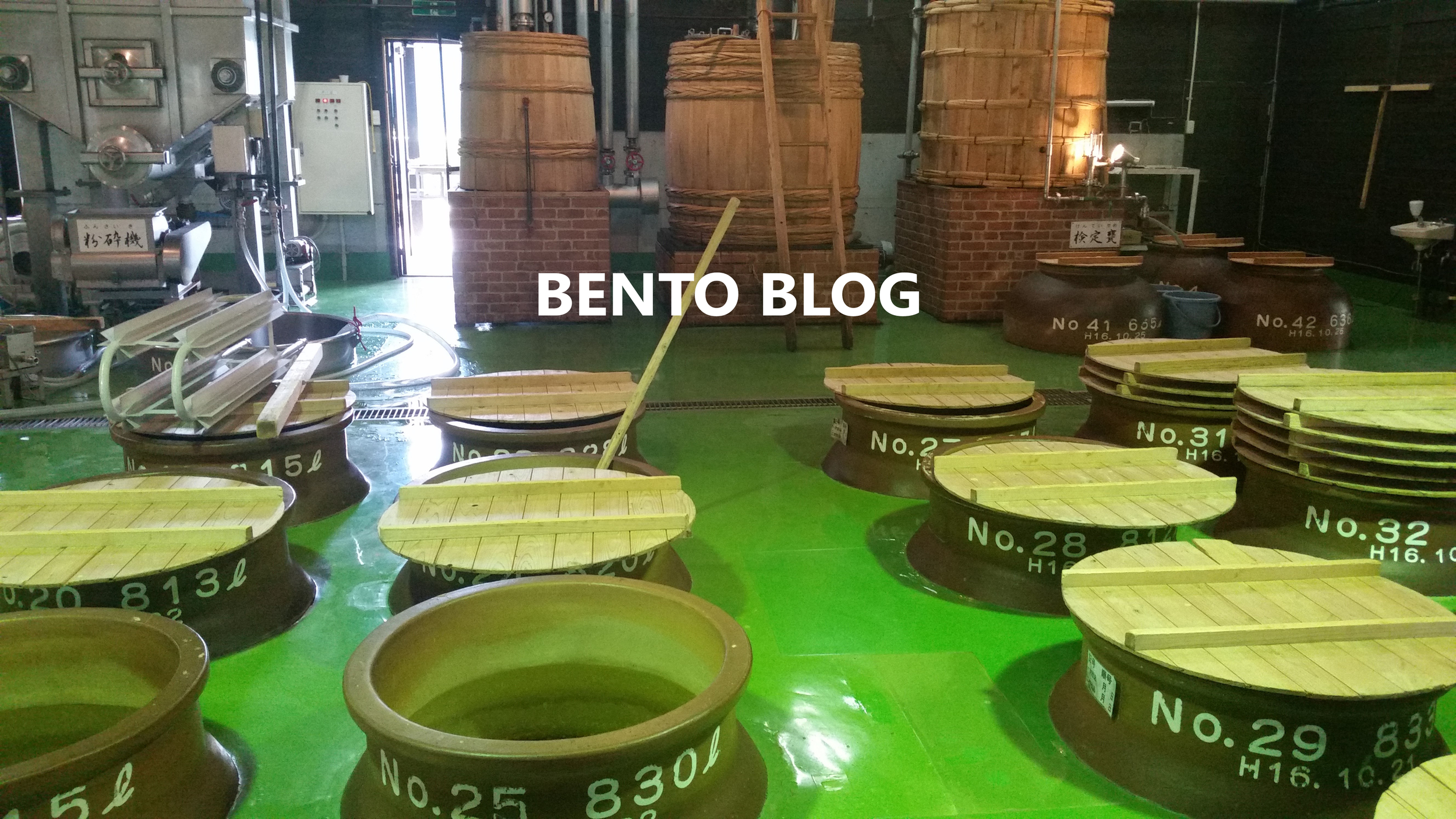FACT: Most Americans don’t grow up or live in urban conditions despite the fact that Los Angeles, Houston, Phoenix, San Antonio, San Diego and San Jose are on the list of the most populous cities in the US. Of course, millions of Americans reside in these cities, but the rest inhabit the bedroom communities that have led us to be called A Nation of Suburbs.
PROBLEM! There are misconceptions and disconnects that Americans have in understanding spatial possibility in the suburban and urban realm. As designers of public space (Architects, Urban Designers, Landscape Architects), we need to recognize this blind spot and embrace the patterns, rhythms and nature of urban space in the deepest cores of our thinking and making.
DEFINITION: What do we mean by urban space? It is not the romanticized images of grand European cities that float in the collective American conscious. Urban space is a dense layering of dualities: landscape and building + people and place. In reality, urban space is complex, fluid and stratified. The individual parts of the environments that make up these dualities are hyper-connected to the point where their beginnings and endings merge into ONE: landscape-urbanism-architecture. This seamless connection of space is a quality exemplified in the most populous cities of the world – places like Shanghai, Mumbai, Seoul or San Paulo.
SOLUTION? American designers need to understand, challenge and overcome the following existing issues when creating urban space:
(1) Americans privilege architecture as a discrete object/form rather than as a blurred and complex series of linked spaces which transition from public to private.
(2) There is a lack of understanding of site as a broader ecosystem of inputs that transcend a Google map or an assessor’s lot line. This simplistic and often diagrammatic view of site and landscape is nurtured in the strip malls and front lawns that divide our landscape like picket fences.
(3) We are limited by our complicated idealization of “urban” which comes from media/Hollywood films and results in an association of the urban condition as a complex racial and economic formula, often confused with violence and intimidation.
The only way to get to a point of real comprehension of urban space is by direct observation and participation, what the German philosophers call Erlebnis. It is through only through this kind of unmediated knowledge – the act of experience, that we can counter and challenge the issues at hand and begin to design better urban space.
POTENTIAL! We believe that through an immersion into urban life through engaged acts like derives or city wanderings, we can start to understand the urban as the same as landscape. Despite differences in scale, the spatial continuities of the built environment in our cities are the same as natural forms like canyons and caves in our landscape. Landscape and Urbanism are ONE.











